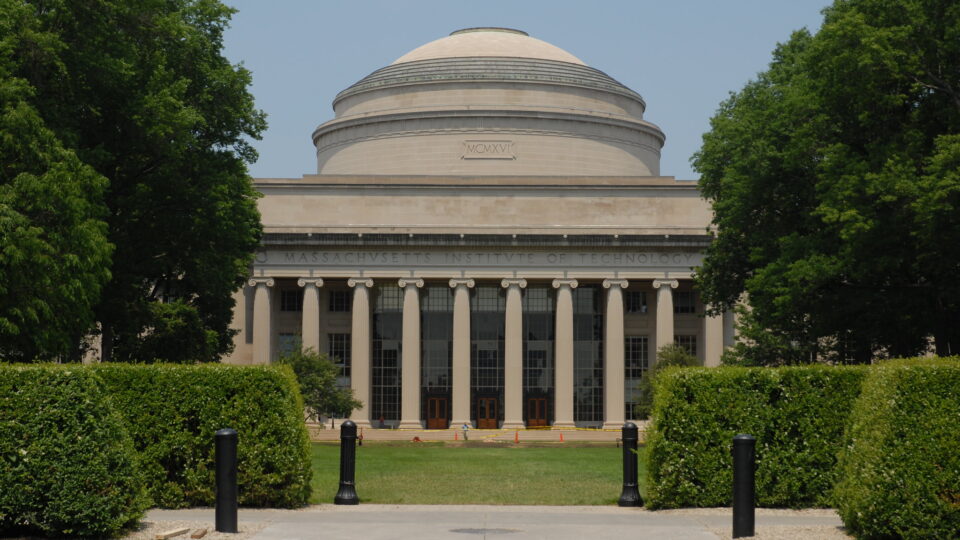Self-assembly is a ubiquitous process in the natural world that leads to the formation of the DNA double helix, the creation of cell membranes, and to many other structures. Scientists and engineers have been working to design new molecules that assemble themselves in water for the purpose of making nanostructures for biomedical applications such as drug delivery or tissue engineering. For the most part, the materials created in this way have been chemically unstable and tended to degrade rapidly, especially when the water is removed.
A team at MIT recently published a paper describing a new class of small molecules they have designed that spontaneously assemble into nanoribbons with unprecedented strength and that retain their structure outside of water.
The material is modeled after a cell membrane. Its outer part is hydrophilic (it likes to be in water) and its inner part is hydrophobic (it tries to avoid water.) This configuration drives the self-assembly to create a specific nanostructure and by choosing the appropriate chemicals to form the structures, the result was nanoribbons in the form of long threads that could be dried and handled. The resultant material in many ways resembles Kevlar. In particular, the threads could hold 200 times their own weight and have extraordinarily high surface areas. The fibers are stronger than steel and the high surface-to-mass ratio offers promise for miniaturizing technologies for such applications as pulling heavy-metal contaminants out of water and for use in electronic devices and batteries.
The goal of the research is to tune the internal state of matter to create exceptionally strong molecular nanostructures. The potential for important new applications is considerable and exciting.
**********
Web Links
Researchers construct molecular nanofibers that are stronger than steel
Photo, posted June 19, 2007, courtesy of Andrew Hitchcock via Flickr.
Earth Wise is a production of WAMC Northeast Public Radio.
